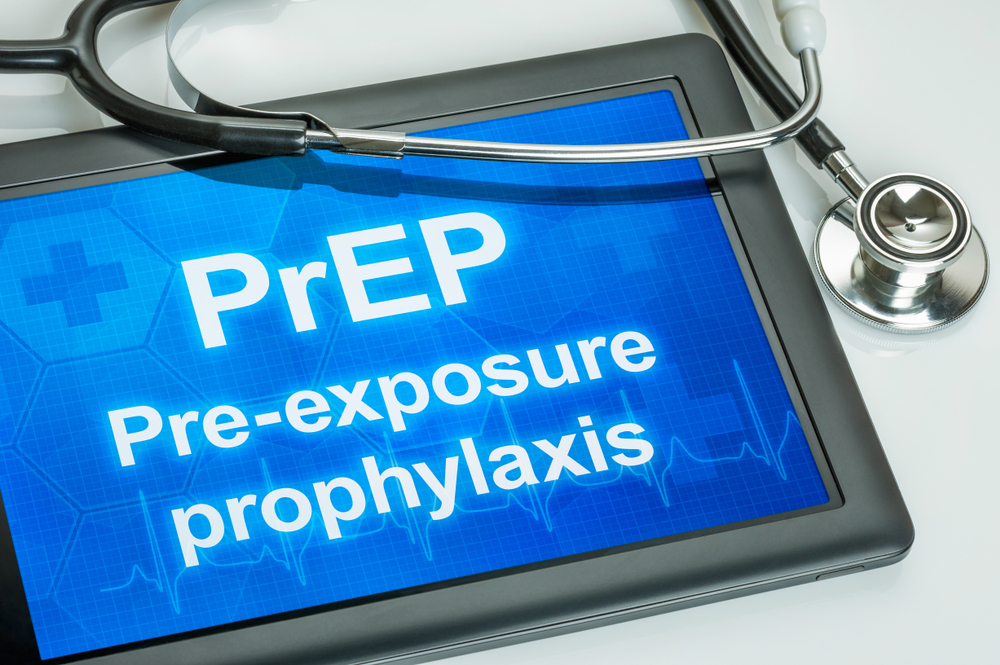Editor’s Note: This report was developed through collaboration between CDC subject matter experts and experts from other federal agencies. Input into this report came from subject matter expert recommendations, peer-reviewed literature, published guidelines, and a legal research database..
Preexposure prophylaxis (PrEP) with antiretroviral medication has been proven effective in reducing the risk for acquiring human immunodeficiency virus (HIV). The fixed-dose combination tablet of tenofovir disoproxil fumarate (TDF)/emtricitabine (FTC) was approved by the U.S. Food and Drug Administration (FDA) for use as PrEP for adults in 2012. Since then, recognition has been increasing that adolescents at risk for acquiring HIV can benefit from PrEP. In 2018, FDA approved revised labeling for TDF/FTC that expanded the indication for PrEP to include adolescents weighing at least 77 lb (35 kg) who are at risk for acquiring HIV. In 2019, FDA approved the combination product tenofovir alafenamide (TAF)/FTC as PrEP for adolescents and adults weighing at least 77 lb (35 kg), excluding those at risk for acquiring HIV through receptive vaginal sex. This exclusion is due to the lack of clinical data regarding the efficacy of TAF/FTC in cisgender women.
Clinical providers who evaluate adolescents for PrEP use must consider certain topics that are unique to the adolescent population. Important considerations related to adolescents include PrEP safety data, legal issues about consent for clinical care and confidentiality, the therapeutic partnership with adolescents and their parents or guardians, the approach to the adolescent patient’s clinical visit, and medication initiation, adherence, and persistence during adolescence. Overall, data support the safety of PrEP for adolescents. PrEP providers should be familiar with the statutes and regulations about the provision of health care to minors in their states. Providers should partner with the adolescent patient for PrEP decisions, recognizing the adolescent’s autonomy to the extent allowable by law and including parents in the conversation about PrEP when it is safe and reasonable to do so. A comprehensive approach to adolescent health is recommended, including considering PrEP as one possible component of providing medical care to adolescents who inject drugs or engage in sexual behaviors that place them at risk for acquiring HIV. PrEP adherence declined over time in the studies evaluating PrEP among adolescents, a trend that also has been observed among adult patients. Clinicians should implement strategies to address medication adherence as a routine part of prescribing PrEP; more frequent clinical follow-up is one possible approach.
PrEP is an effective HIV prevention tool for protecting adolescents at risk for HIV acquisition. For providers, unique considerations that are part of providing PrEP to adolescents include the possible need for more frequent, supportive interactions to promote medication adherence. Recommendations for PrEP medical management and additional resources for providers are available in the U.S. Public Health Service clinical practice guideline Preexposure Prophylaxis for the Prevention of HIV Infection in the United States — 2017 Update and the clinical providers’ supplement Preexposure Prophylaxis for the Prevention of HIV Infection in the United States — 2017 Update: Clinical Providers’ Supplement.
To read the full article, please visit the CDC’s website.

